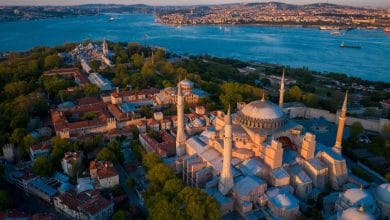The Umayyad Mosque: A Historic Marvel in Damascus
Tracing the Layers of Religious and Architectural Heritage at the Great Mosque of Damascus

The Umayyad Mosque, also known as the Great Mosque of Damascus, is a historic marvel situated in the heart of Damascus’ ancient city. Renowned as one of the largest and oldest mosques in the world, it is a testament to centuries of cultural and architectural evolution.
Sacred transformation across centuries
In 634, following the Arab conquest of Damascus, a basilica dedicated to John the Baptist from Emperor Constantine’s era was partially converted into a mosque.
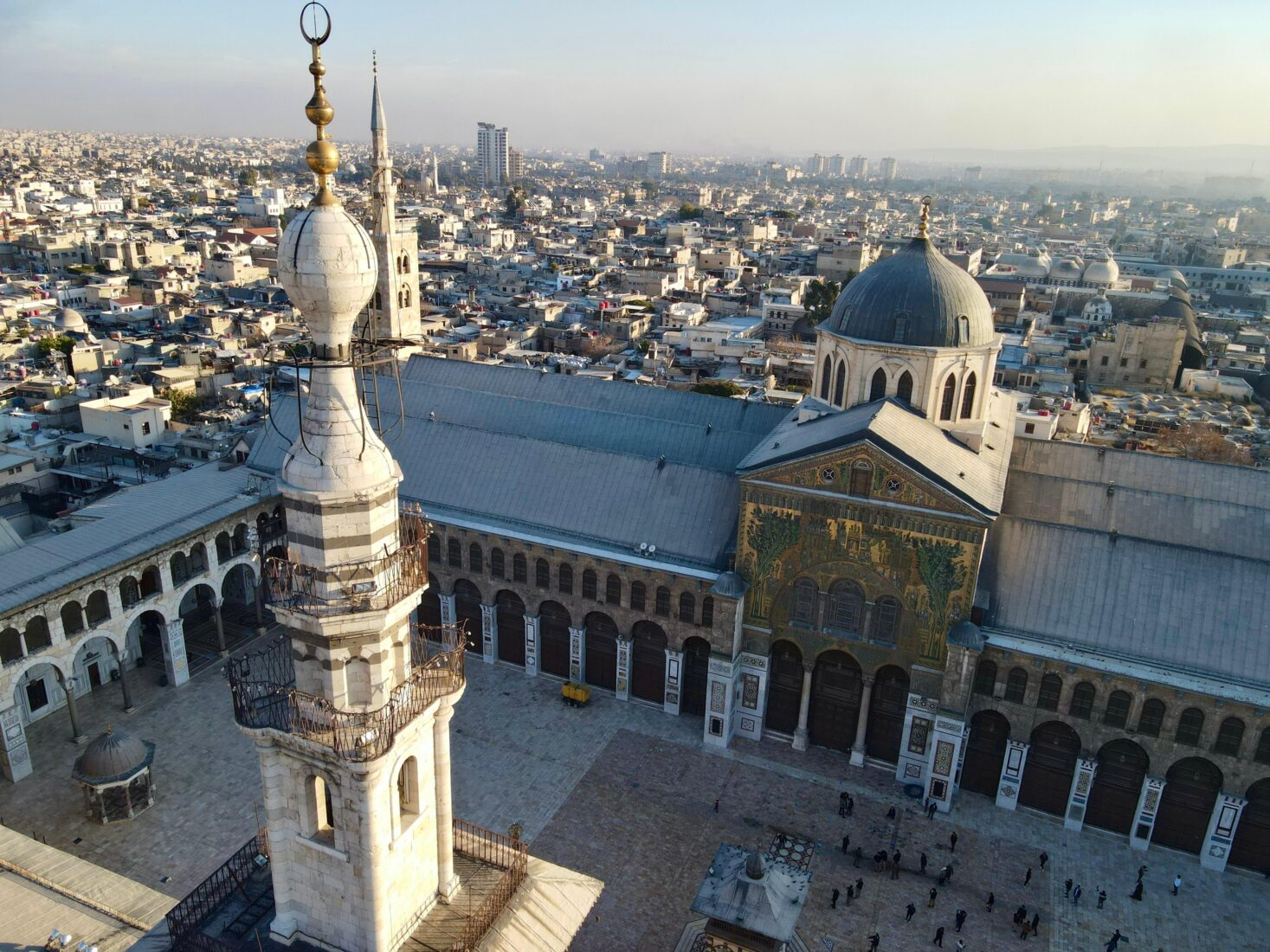
Overseen by Abu Ubaydah ibn al-Jarrah, the transformation began in 635, with the site serving as a shared place of worship for Christians and Muslims for 70 years. Eventually, as the Muslim population grew, the basilica was fully converted into a mosque.
Today, the mosque preserves sacred relics, including the revered head of John the Baptist. Nearby, a small garden on the mosque’s northern wall contains the tomb of Salah al-Din al-Ayyubi.
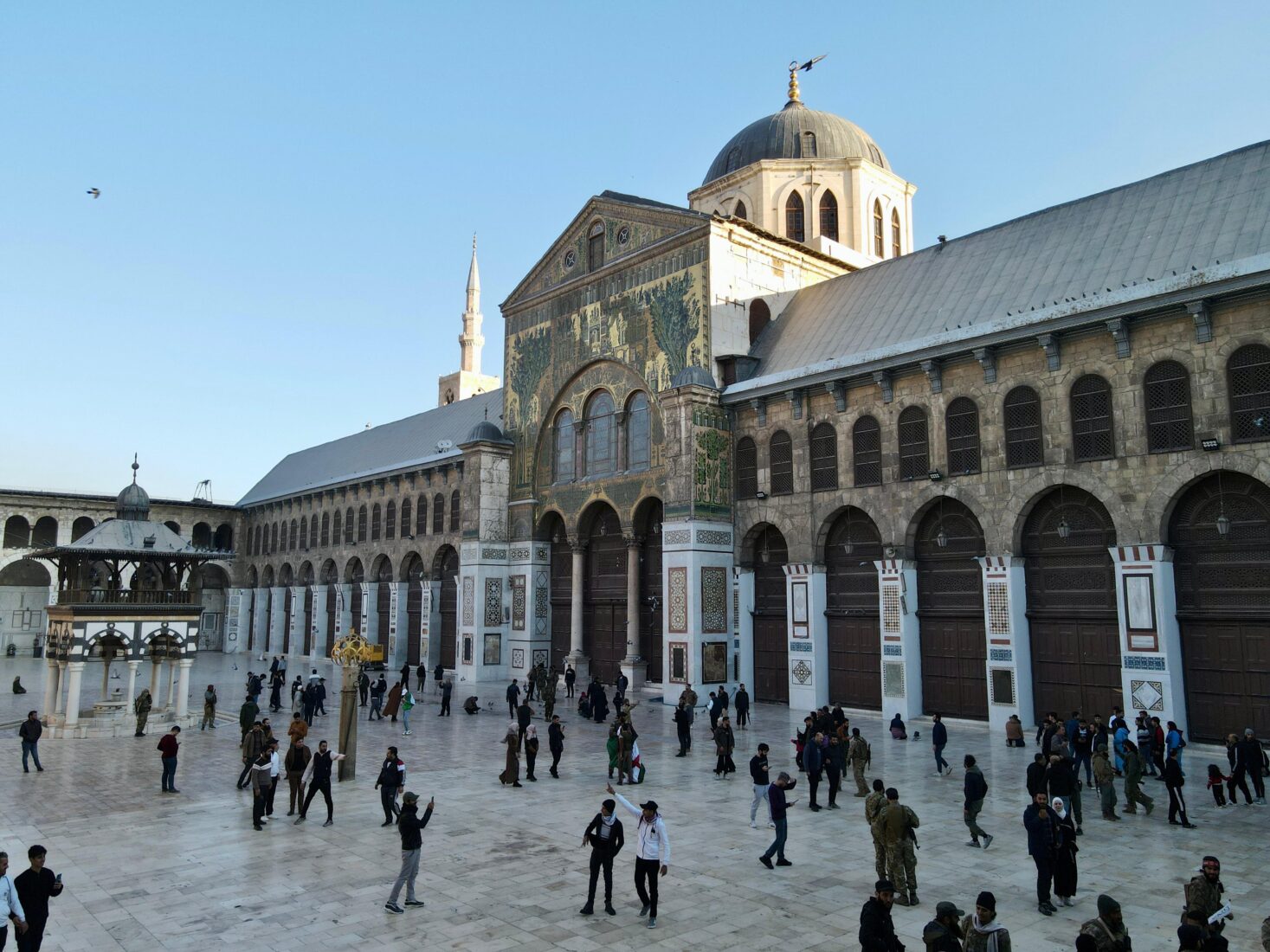
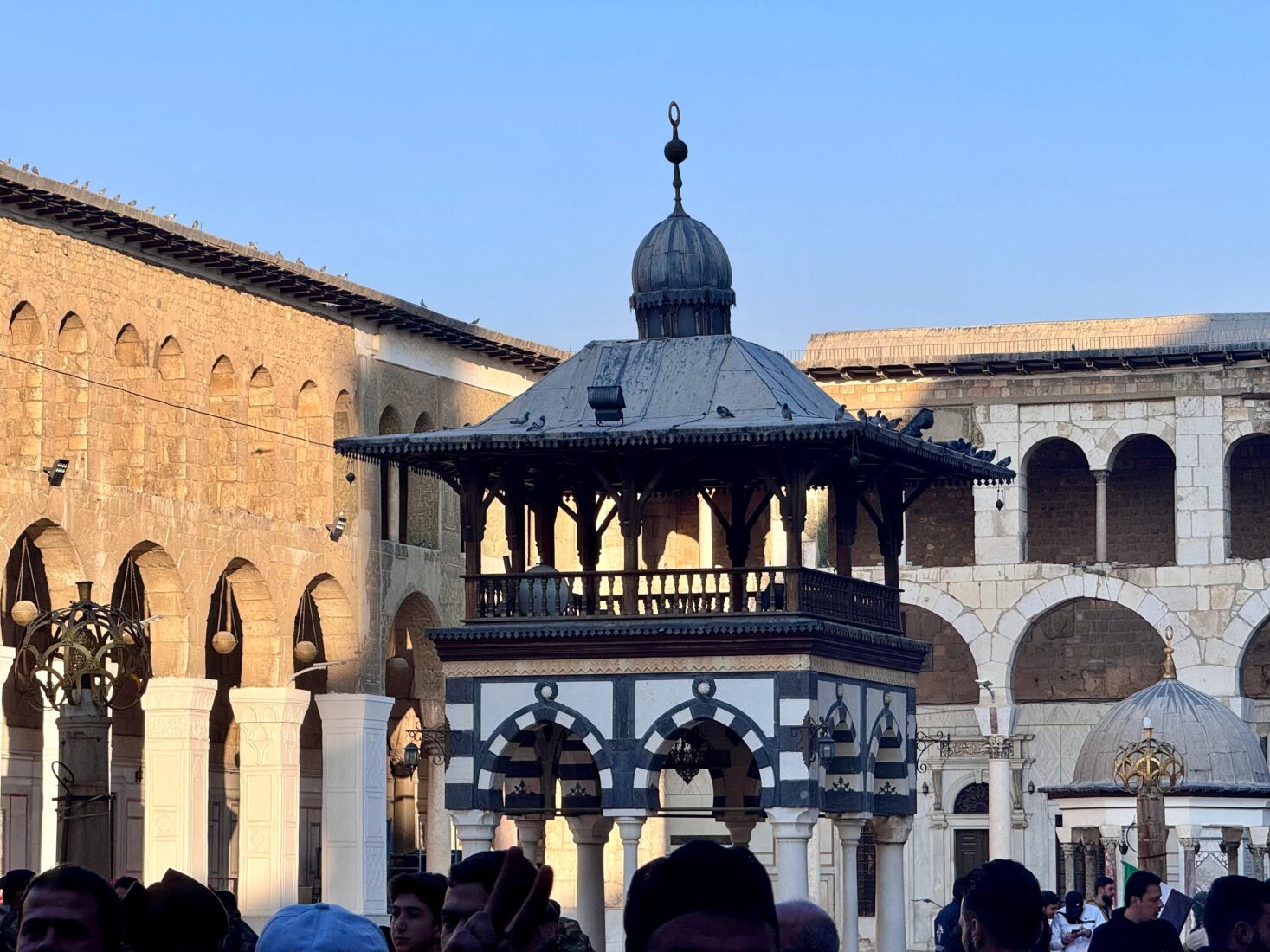
Architectural innovations and artistic splendor
The Umayyad Mosque introduced groundbreaking elements to Islamic architecture, featuring a transverse plan with a central dome over the mihrab area. It served as the prototype for mosque designs across Islamic states, influencing even the mosque architecture of Anatolia.
Its stunning mosaics, adorned with geometric and botanical motifs, depict cities and buildings, showcasing the artistic sophistication of the era. Remarkably, it also hosted the first public lavatories in the Islamic world.
History shaped by empires
Originally constructed in 64 B.C. as a Roman temple dedicated to Jupiter, the site underwent a major transformation in 391 A.D. when Emperor Theodosius converted it into St. John’s Church. Following the Muslim conquest, the temple’s remnants were repurposed into a mosque under Abu Ubaydah ibn al-Jarrah’s supervision.
In 706, Umayyad Caliph al-Walid I initiated the construction of the current mosque, enlisting Byzantine craftsmen sent by the emperor of Constantinople. The mosque was completed in 714, a monumental project costing between 600,000 and 1 million dinars and involving 12,000 workers from diverse backgrounds.
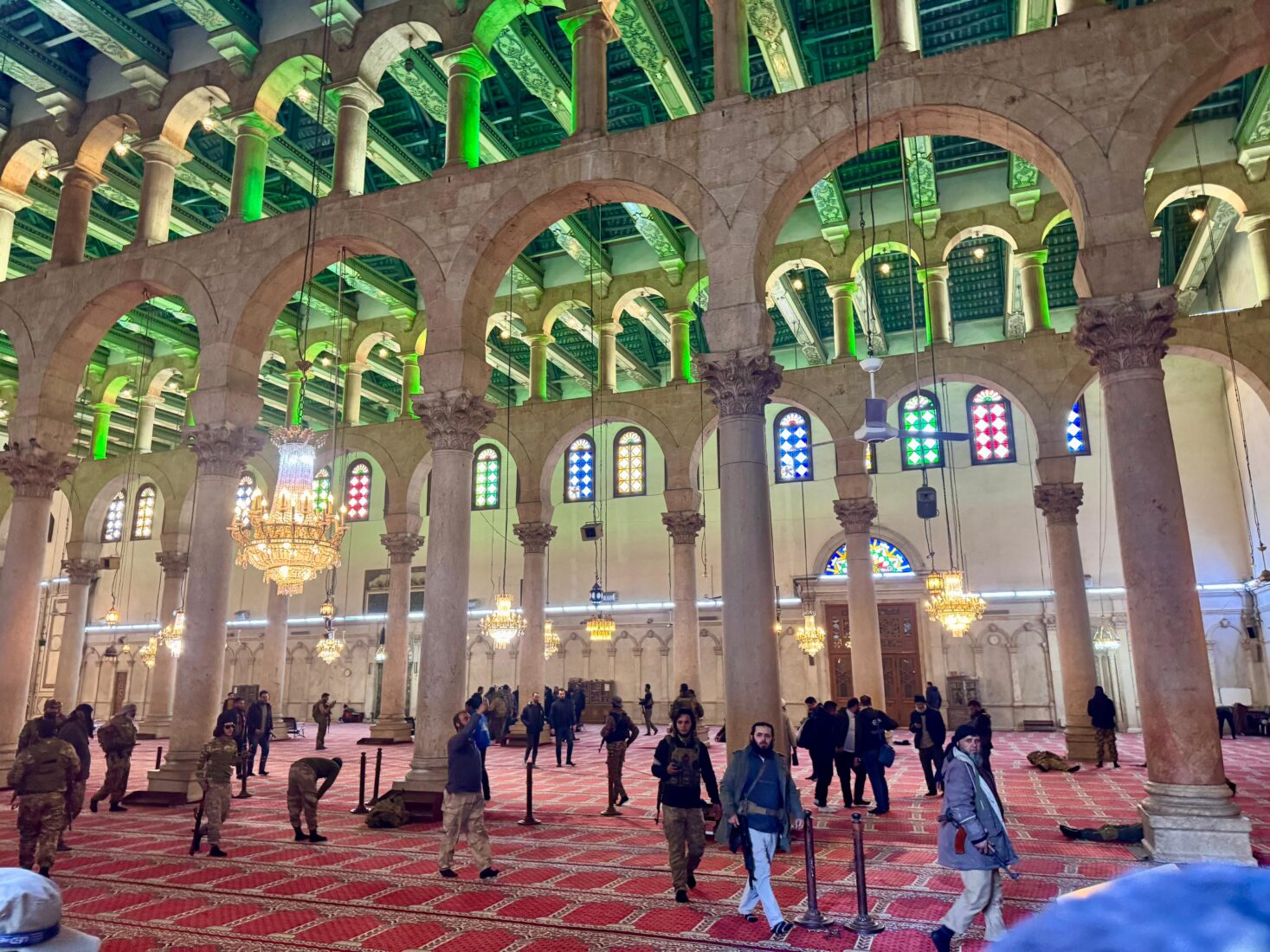
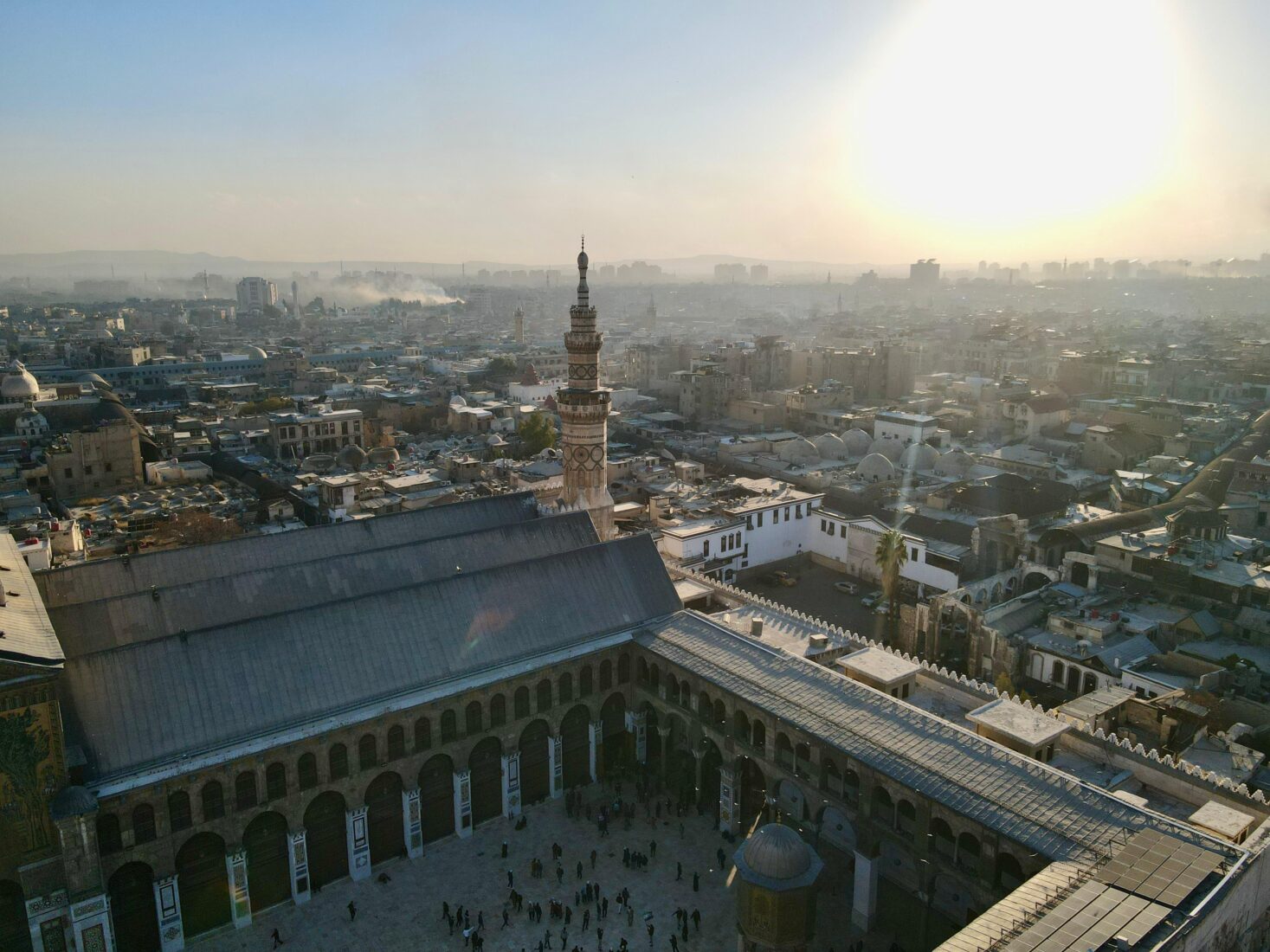
Ottoman Era and restorations in Umayyad Mosque
The Ottoman Empire played a significant role in preserving the Umayyad Mosque’s grandeur. In 1894, during the reign of Sultan Abdulhamid II, a major fire caused extensive damage to the mosque. Ottoman artisans, dispatched from Istanbul, meticulously repaired the columns and roof, ensuring the mosque’s architectural integrity was maintained.
The Ottoman era left an indelible mark on the mosque, blending traditional Islamic craftsmanship with Ottoman architectural expertise, showcasing the empire’s commitment to cultural preservation.
The Umayyad Mosque stands as a beacon of Islamic architectural heritage and spiritual significance. Its timeless design and rich history continue to inspire and captivate visitors from across the globe. As a masterpiece of religious and cultural coexistence, it reflects the enduring legacy of Damascus as a cradle of civilization.





